What factors determine the performance of thermoelectric cooler and warmer?The cooling and heating capacity of
thermoelectric cooler and warmer depends on several factors, including the design of the thermoelectric module, the temperature gradient across the module, the efficiency of heat transfer, and the ambient conditions. Understanding these factors is crucial for selecting the right cooler or warmer for specific applications and optimizing their performance.
Thermoelectric Module Design:
The thermoelectric module is the heart of a thermoelectric cooler or warmer. It consists of multiple thermocouples connected electrically in series and thermally in parallel.
The number and type of thermocouples in the module determine its cooling and heating capacity. Modules with more thermocouples generally have higher capacity but may also consume more power.
The size and geometry of the module also play a role. Larger modules typically have higher capacity but may require more space and cooling fins for heat dissipation.
Temperature Gradient:
The cooling or heating capacity of thermoelectric devices is directly proportional to the temperature gradient across the module. A larger temperature difference between the hot and cold sides of the module results in higher cooling or heating capacity.
The temperature gradient is influenced by factors such as the input power, the efficiency of the thermoelectric materials, and the thermal conductivity of the heat sinks.
Efficiency of Heat Transfer:
The efficiency of heat transfer within the thermoelectric module and between the module and the surrounding environment significantly affects its cooling and heating capacity.
Factors such as the thermal conductivity of the materials, the surface area of the heat sinks, and the effectiveness of insulation layers impact heat transfer efficiency.
Improving heat transfer efficiency through proper insulation, heat sink design, and thermal interface materials can enhance the overall performance of thermoelectric coolers and warmers.
Ambient Conditions:
Ambient temperature and humidity levels influence the cooling and heating capacity of thermoelectric devices.
Higher ambient temperatures reduce the temperature gradient across the module, limiting its cooling capacity. Conversely, lower ambient temperatures enhance cooling capacity.
Humidity levels can affect thermal conductivity and heat transfer efficiency, particularly in humid environments where condensation may occur.
Input Power:
The input power supplied to the thermoelectric module directly affects its cooling and heating capacity. Higher input power generally results in higher temperature differentials and greater cooling or heating capacity.
However, increasing the input power also increases energy consumption and heat generation, which may lead to efficiency losses and thermal management challenges.
Thermoelectric Material Properties:
The choice of thermoelectric materials used in the module influences its cooling and heating performance.
Thermoelectric materials with higher Seebeck coefficients and lower electrical resistivity typically exhibit better efficiency and higher cooling or heating capacity.
Advances in material science, such as the development of new thermoelectric materials with enhanced properties, contribute to improving the overall performance of thermoelectric coolers and warmers.
Heat Sink Design:
The design and efficiency of the heat sinks attached to the hot and cold sides of the thermoelectric module are critical for heat dissipation and thermal management.
Heat sinks with larger surface areas, optimized fin designs, and efficient airflow facilitate better heat dissipation, thereby enhancing the cooling and heating capacity of the device.
Properly designed heat sinks prevent overheating of the module and maintain stable temperature differentials for optimal performance.

 English
English 中文简体
中文简体

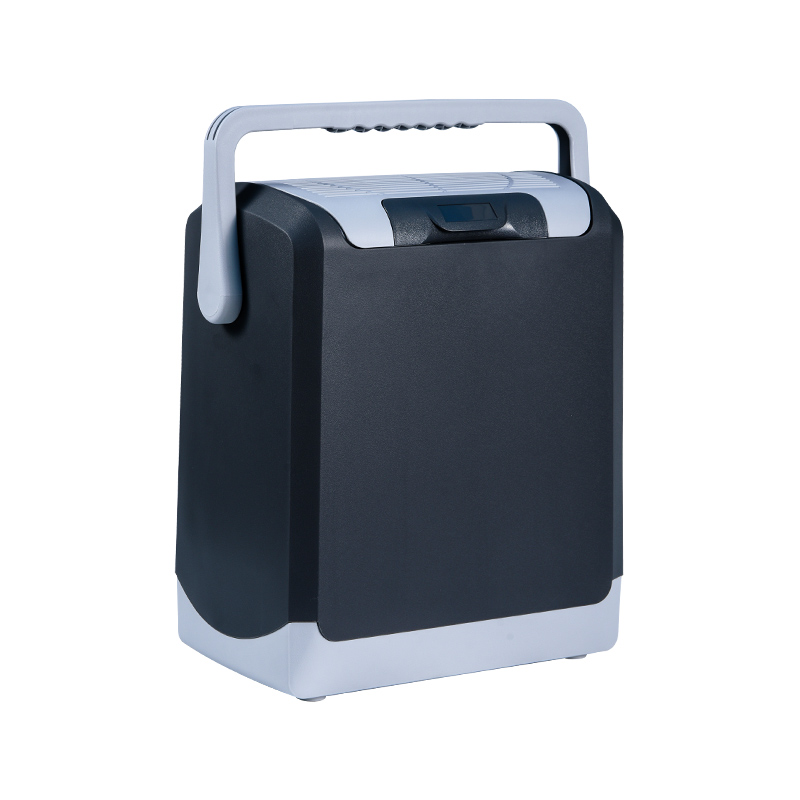
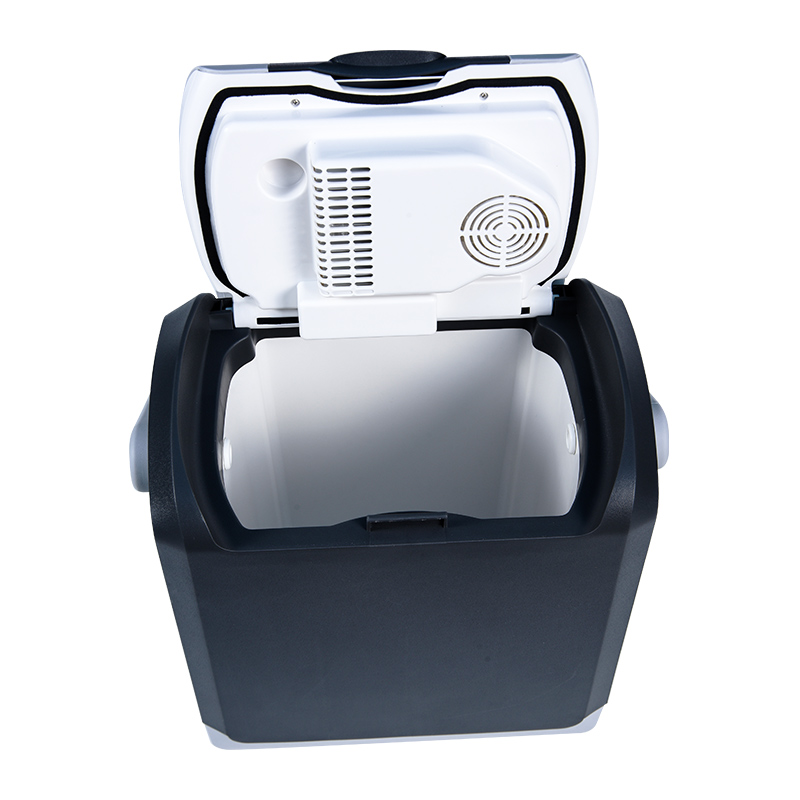
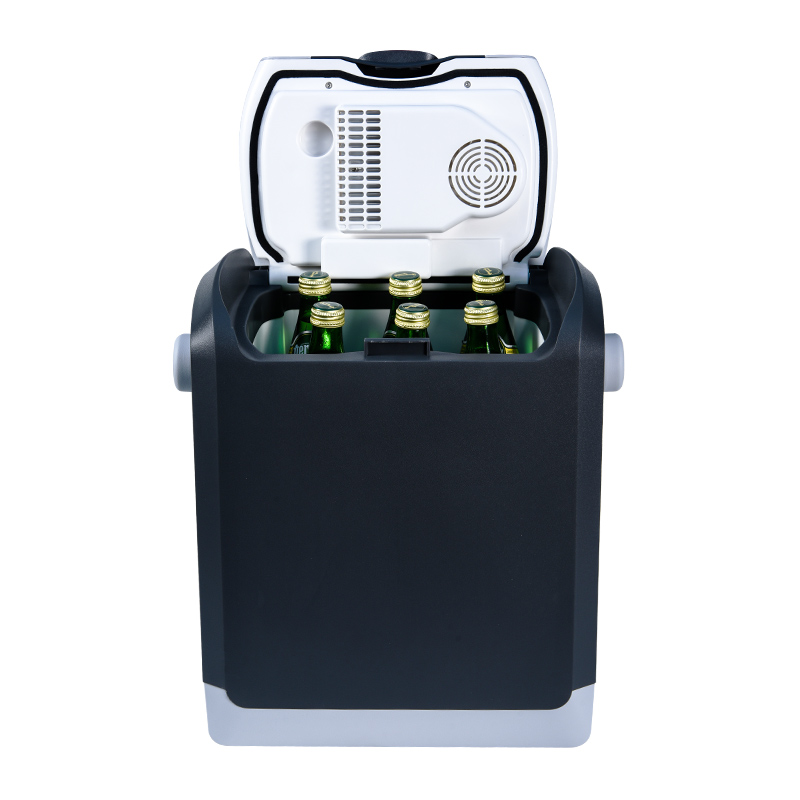


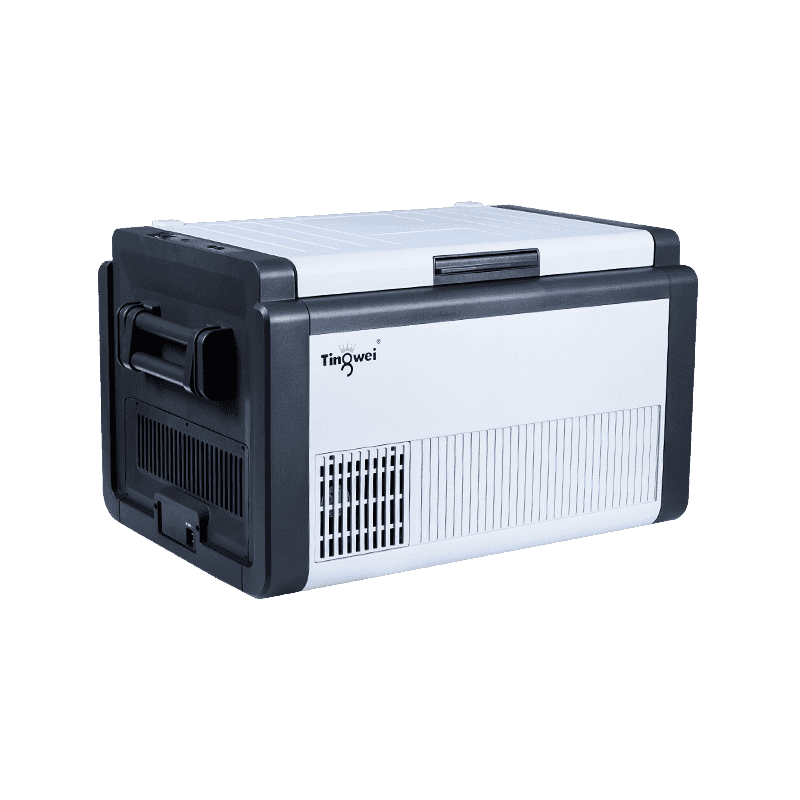
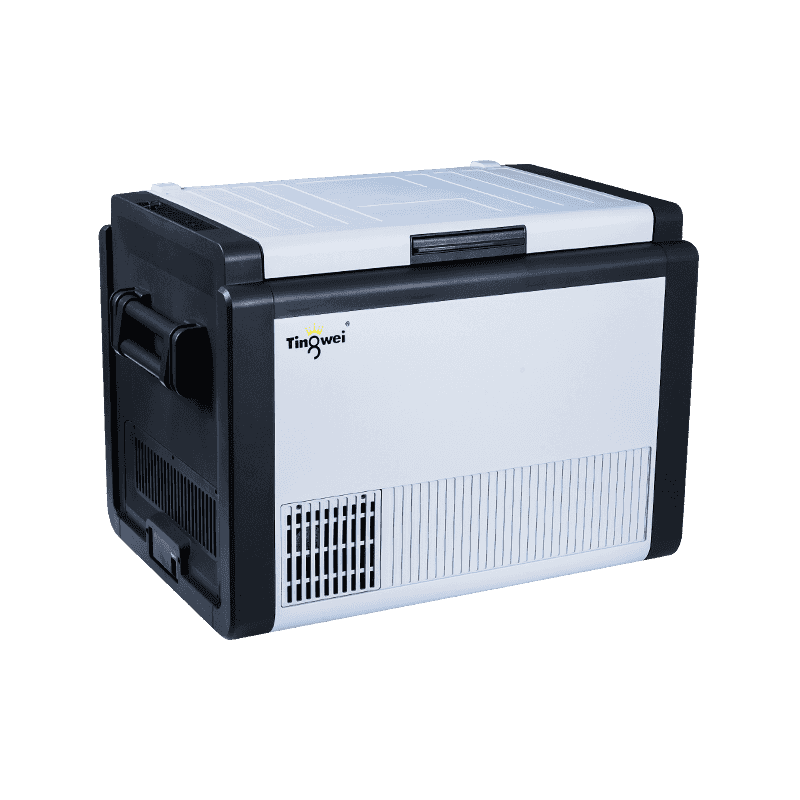
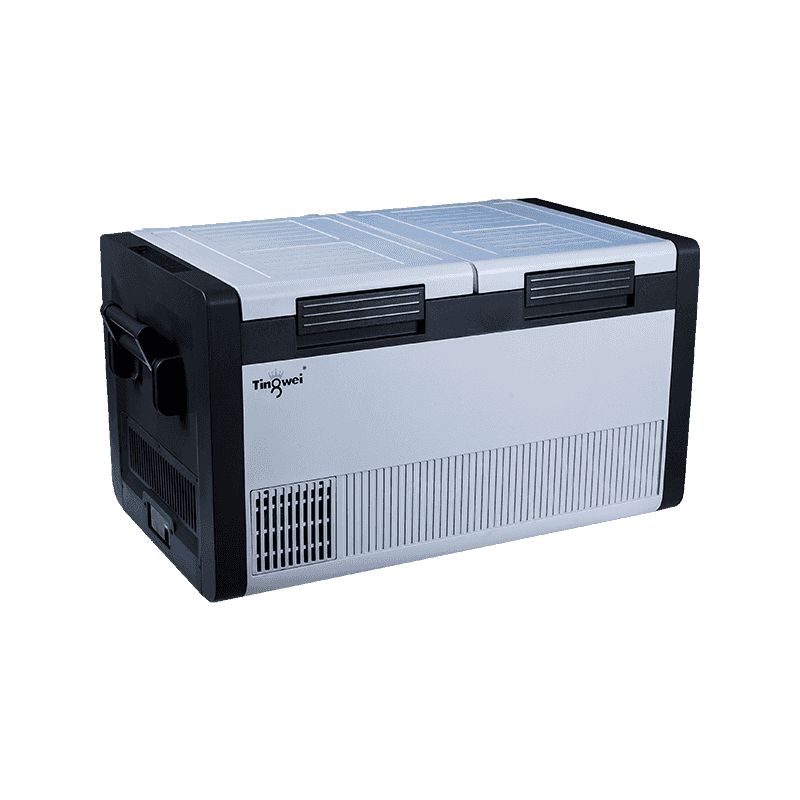
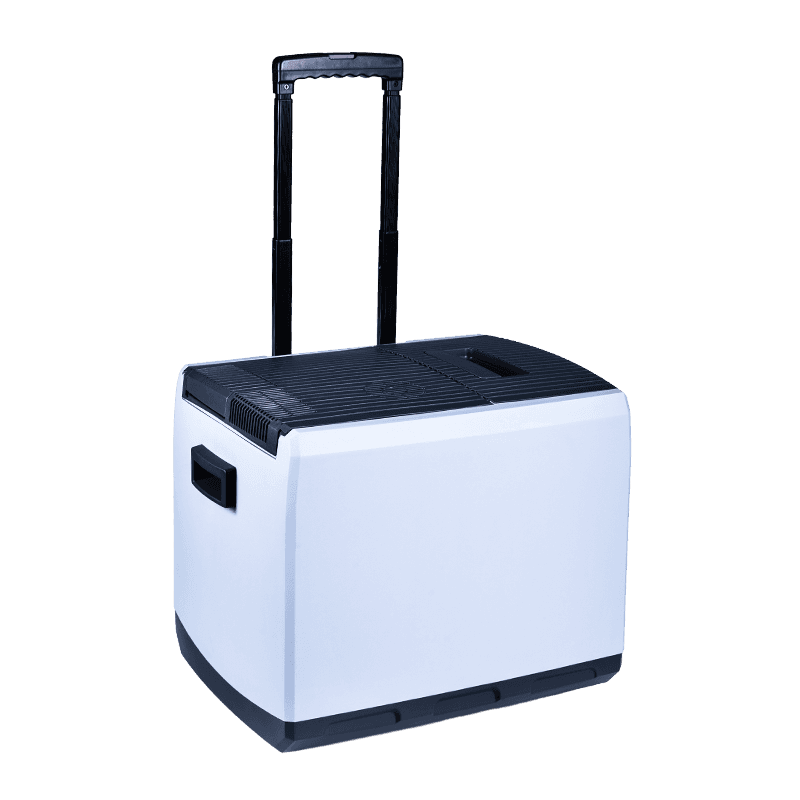
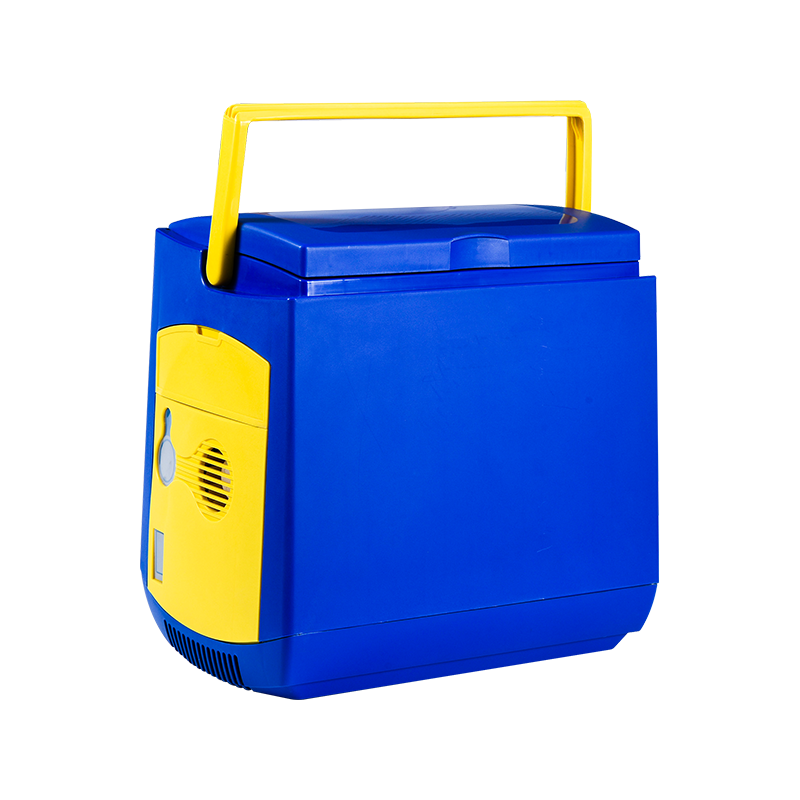
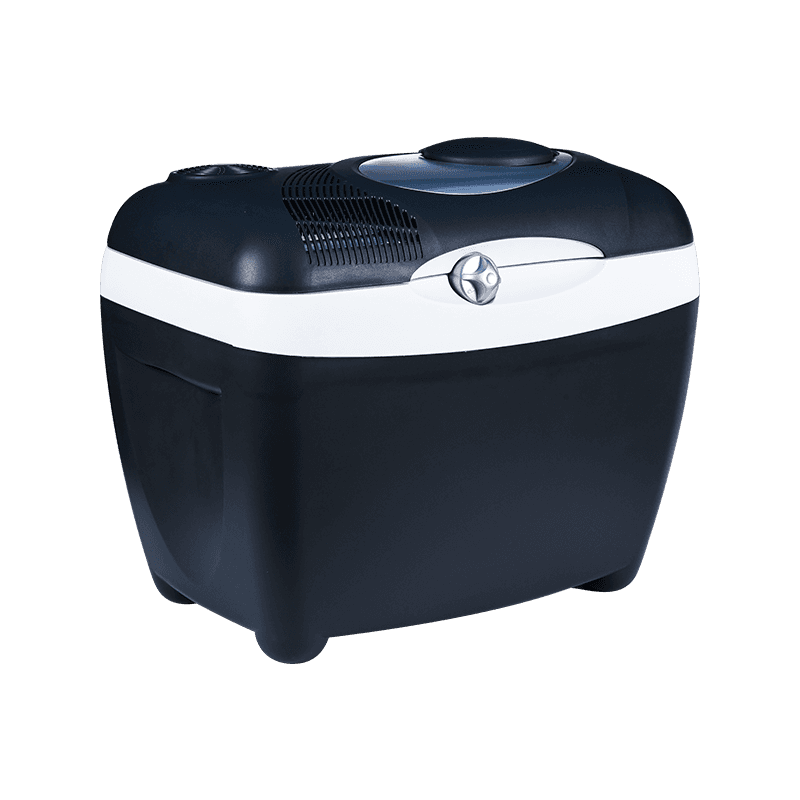
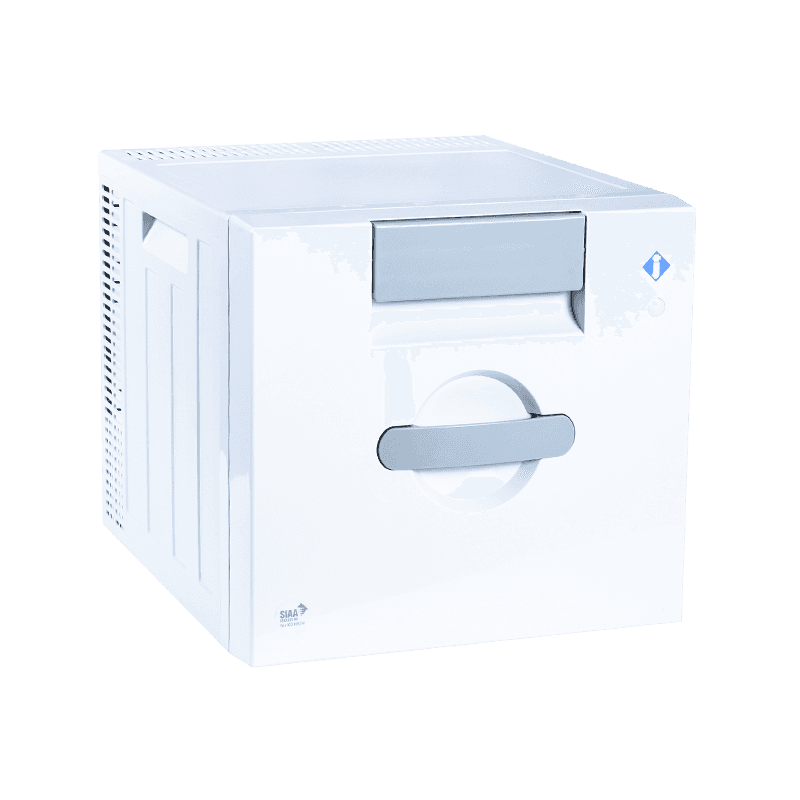
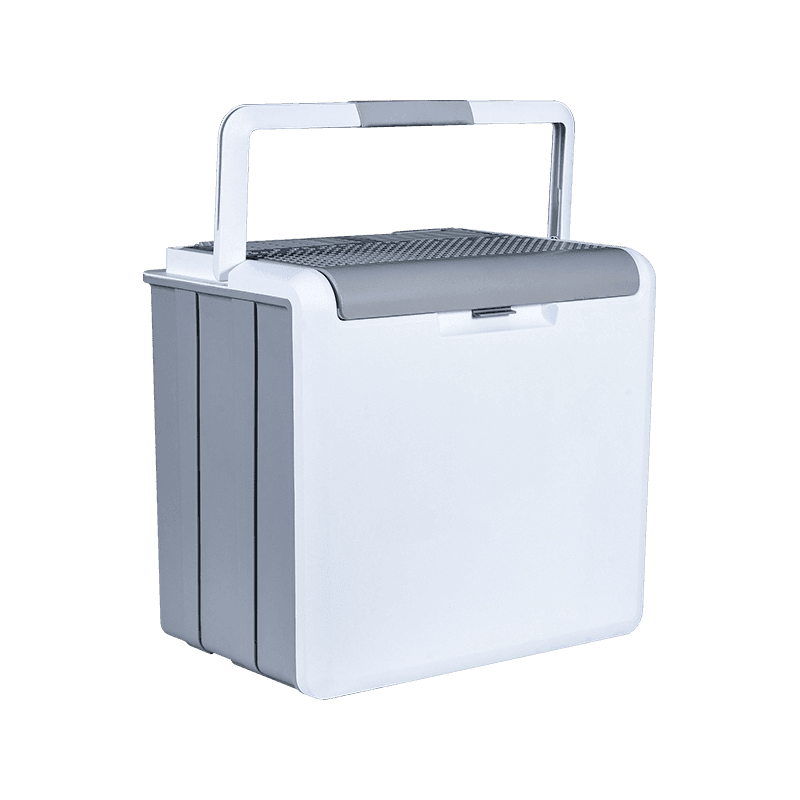
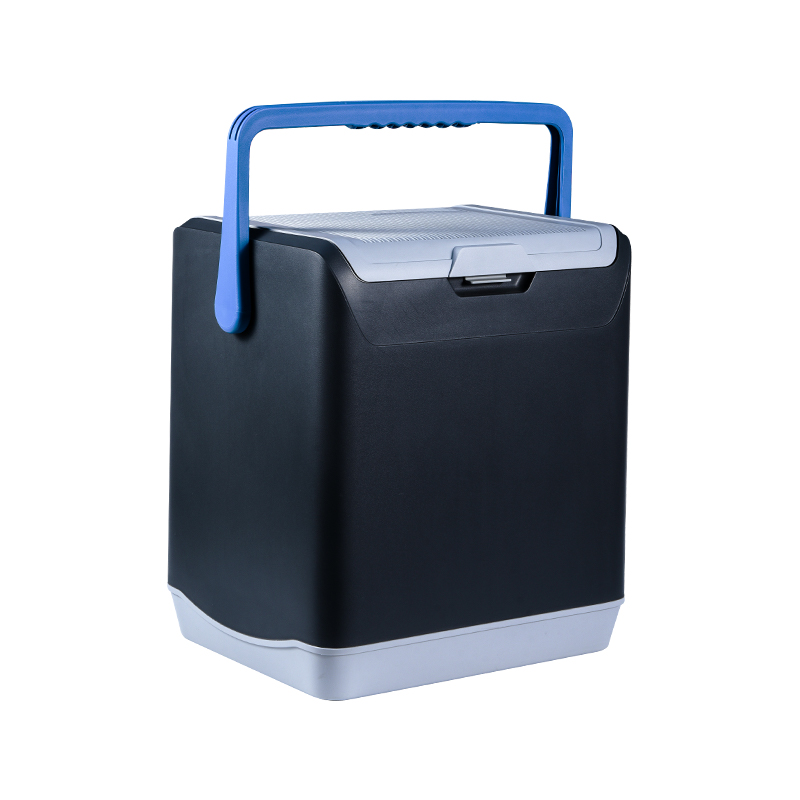
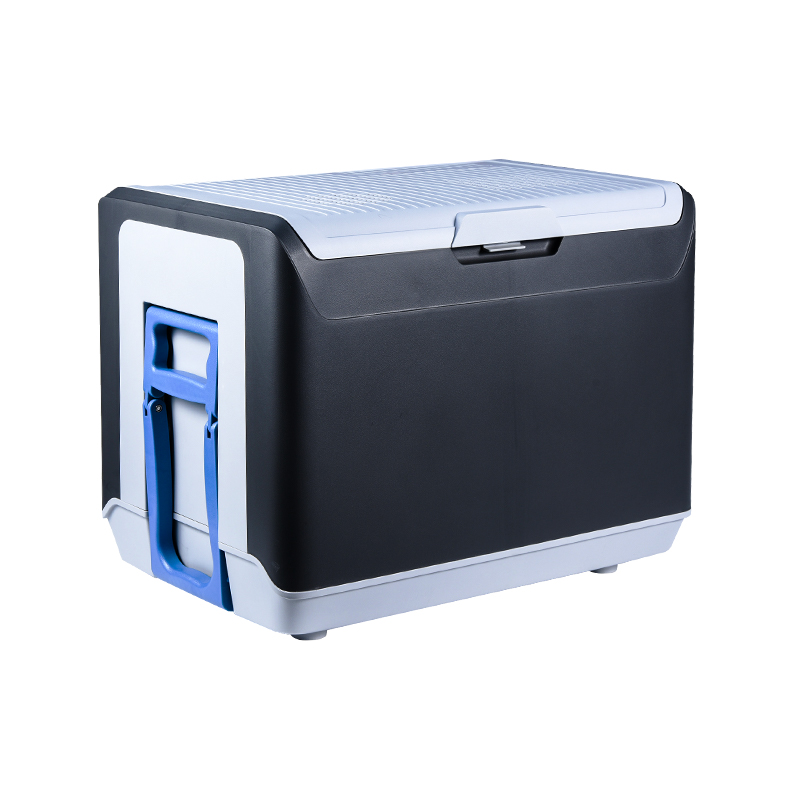
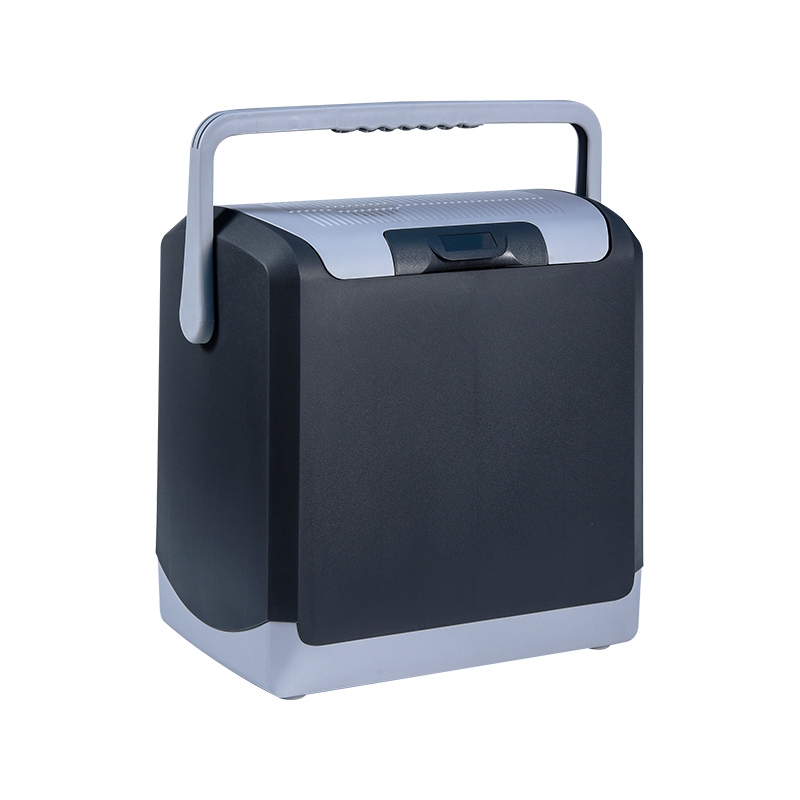
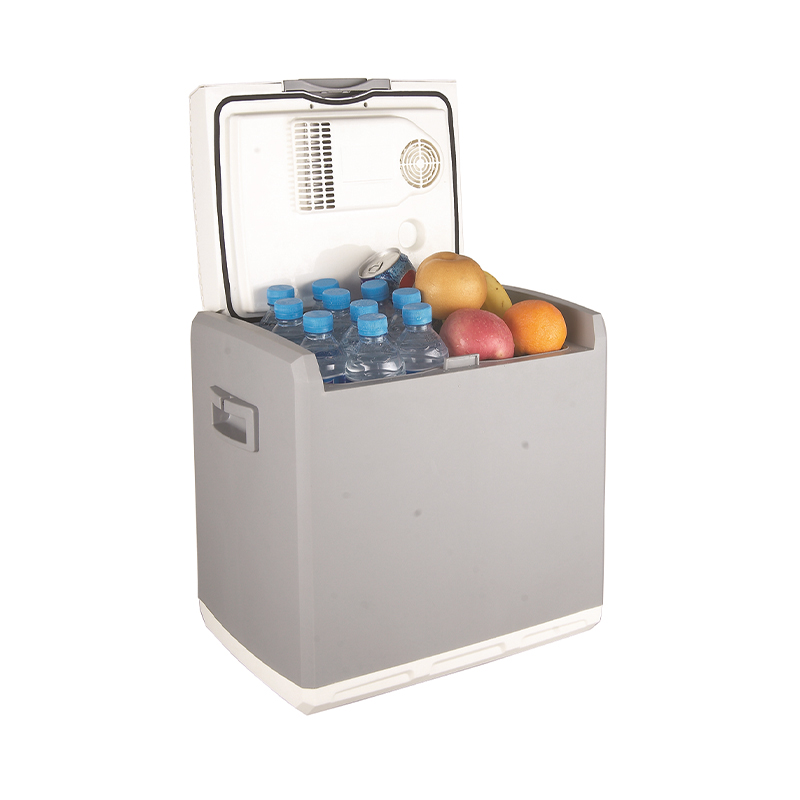
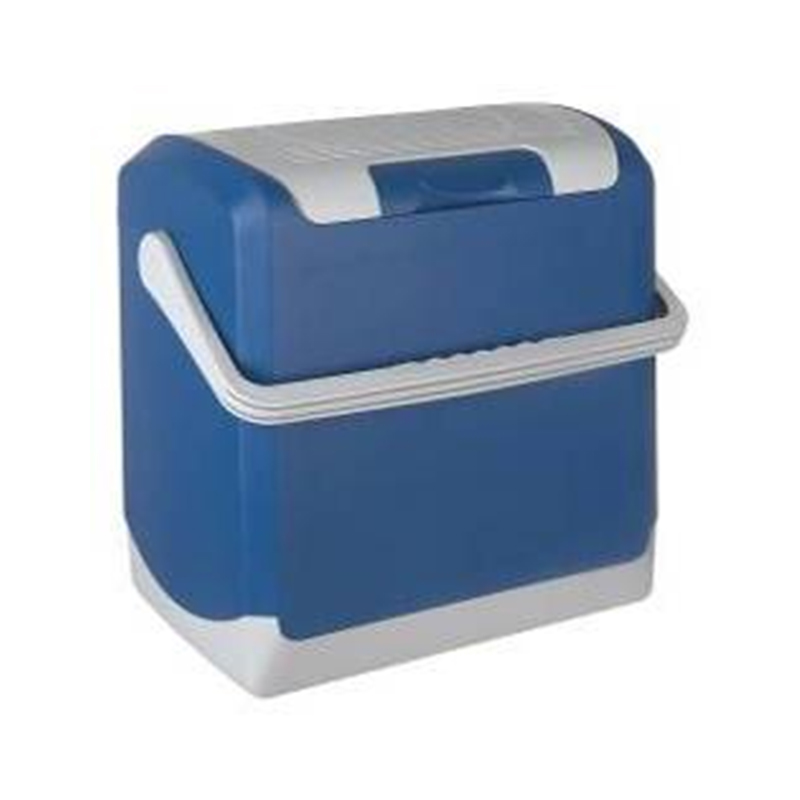
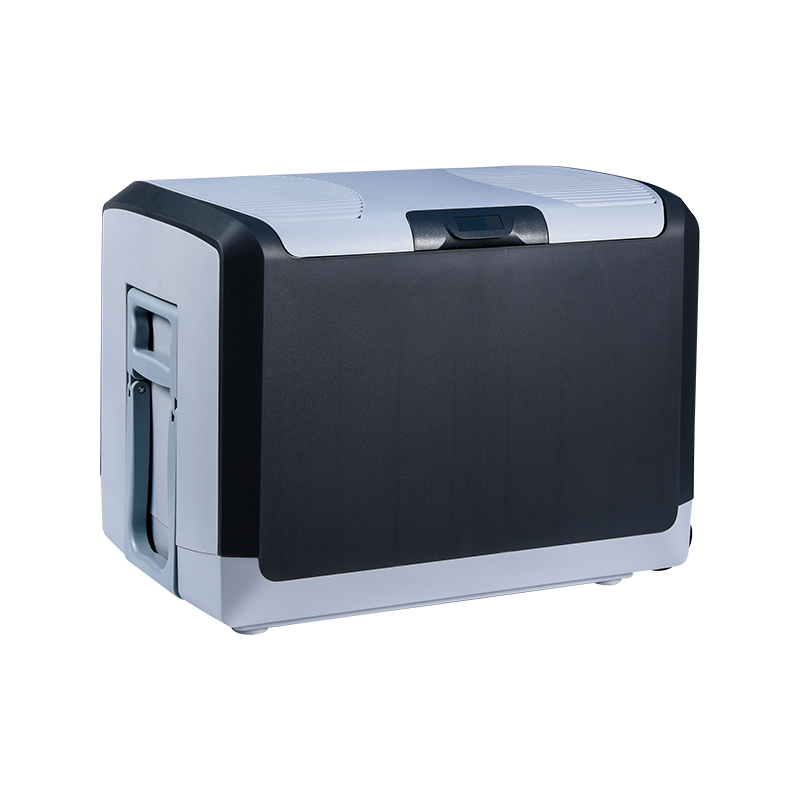
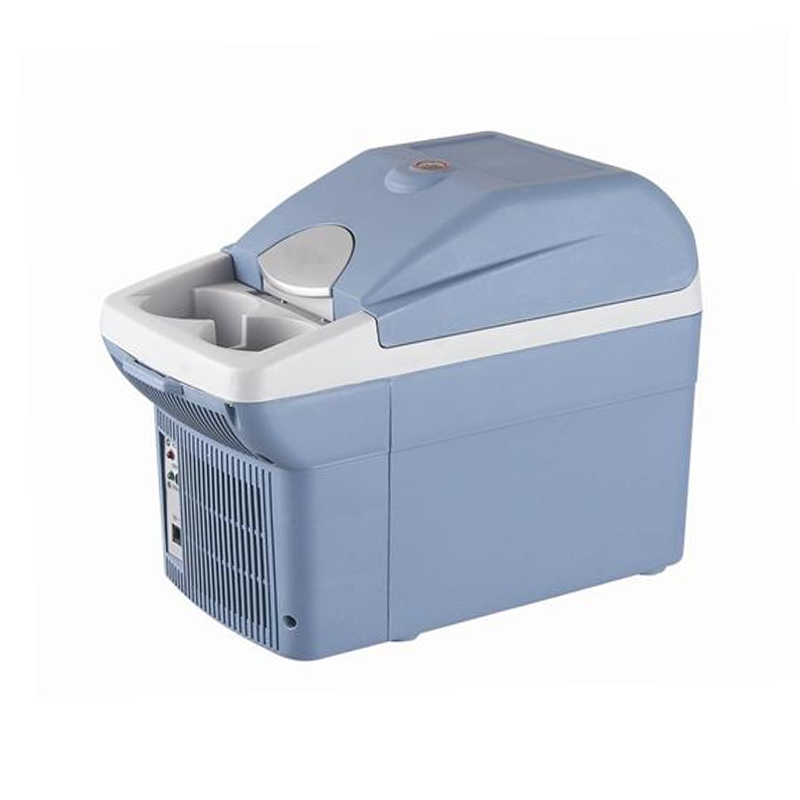
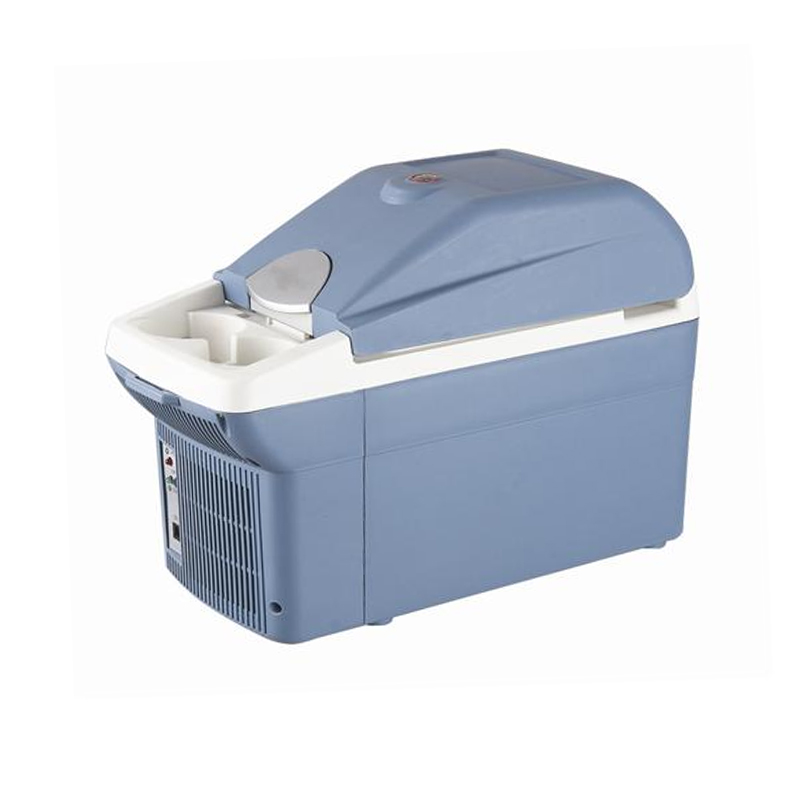
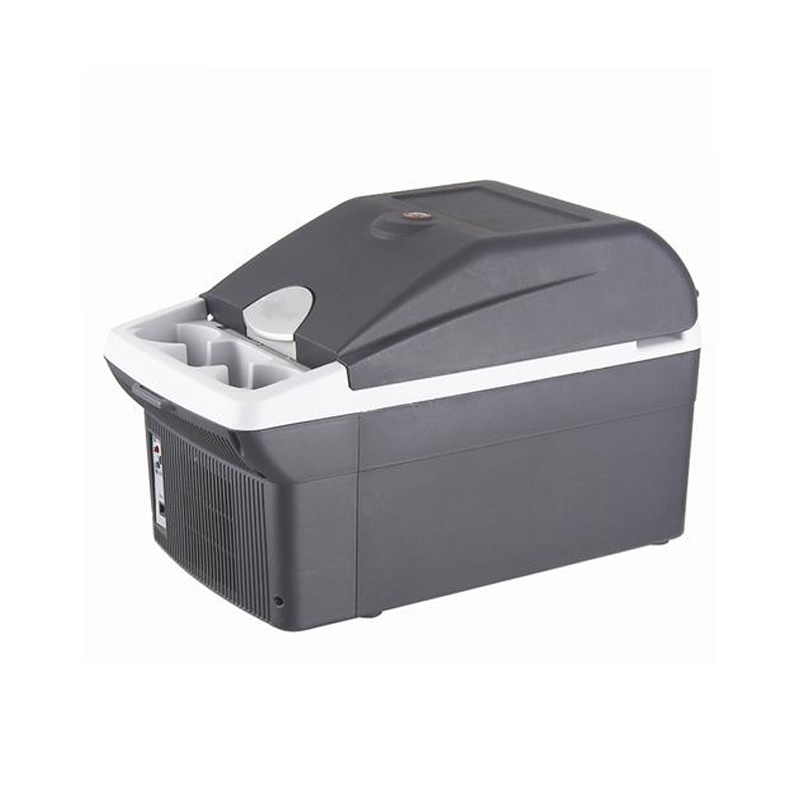
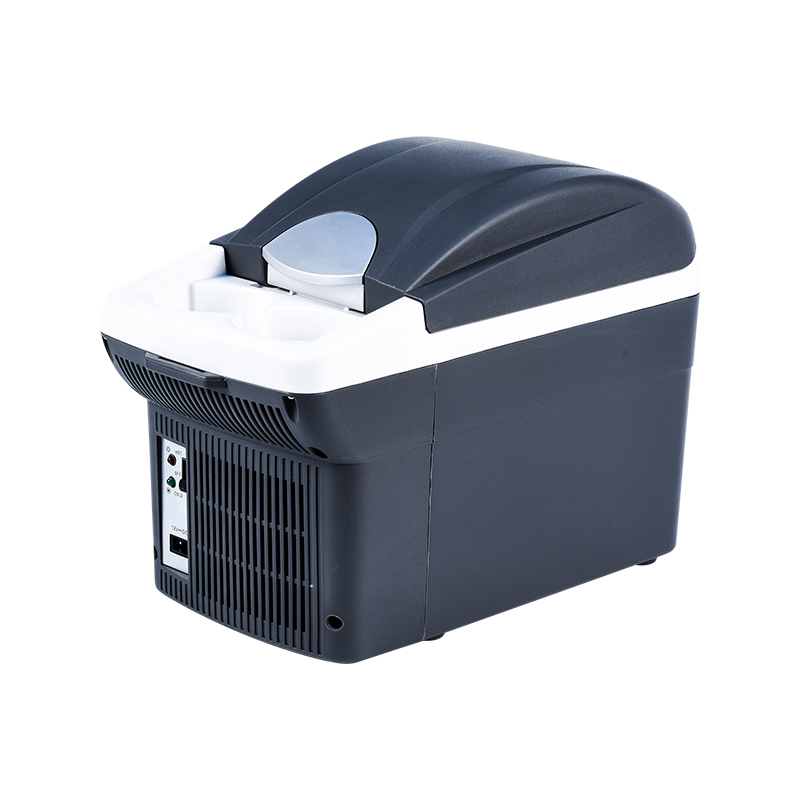
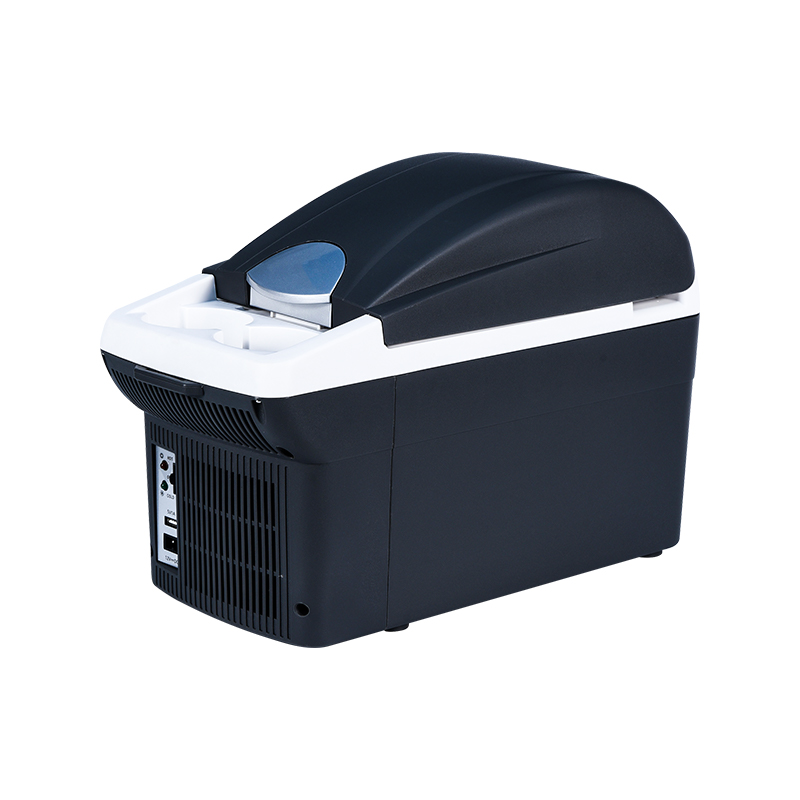
 2025-07-18
2025-07-18


